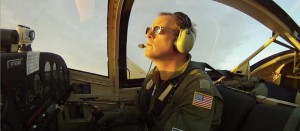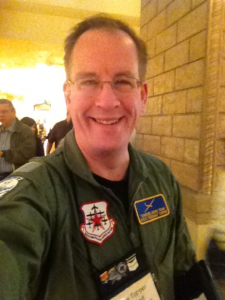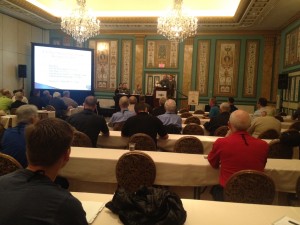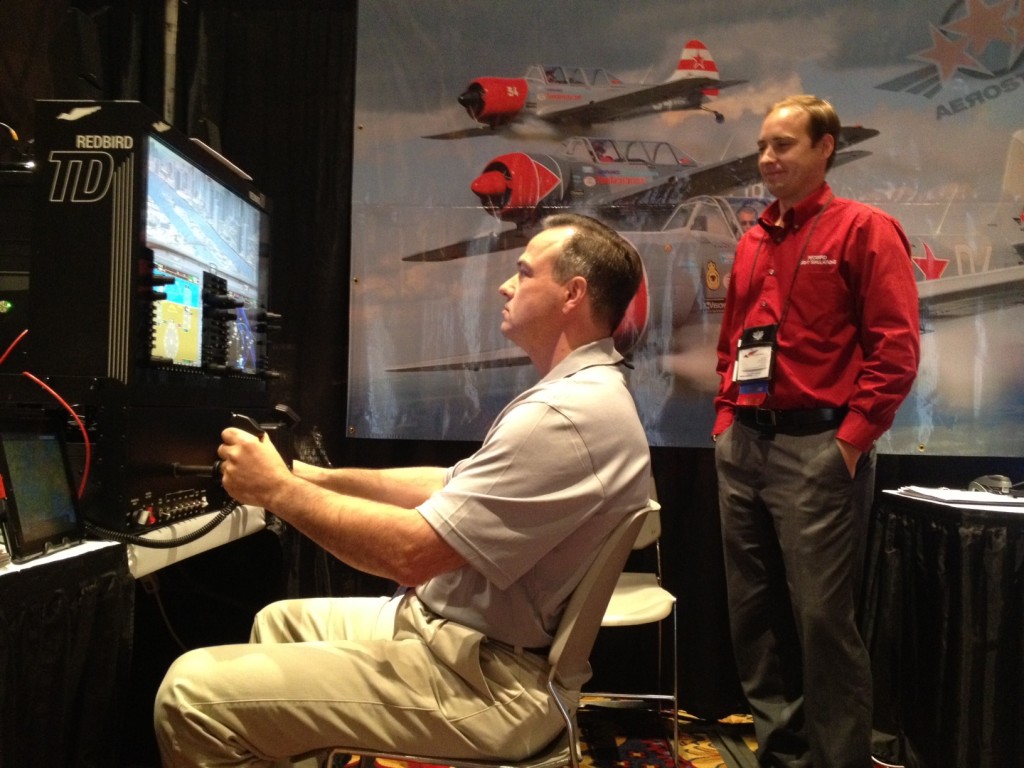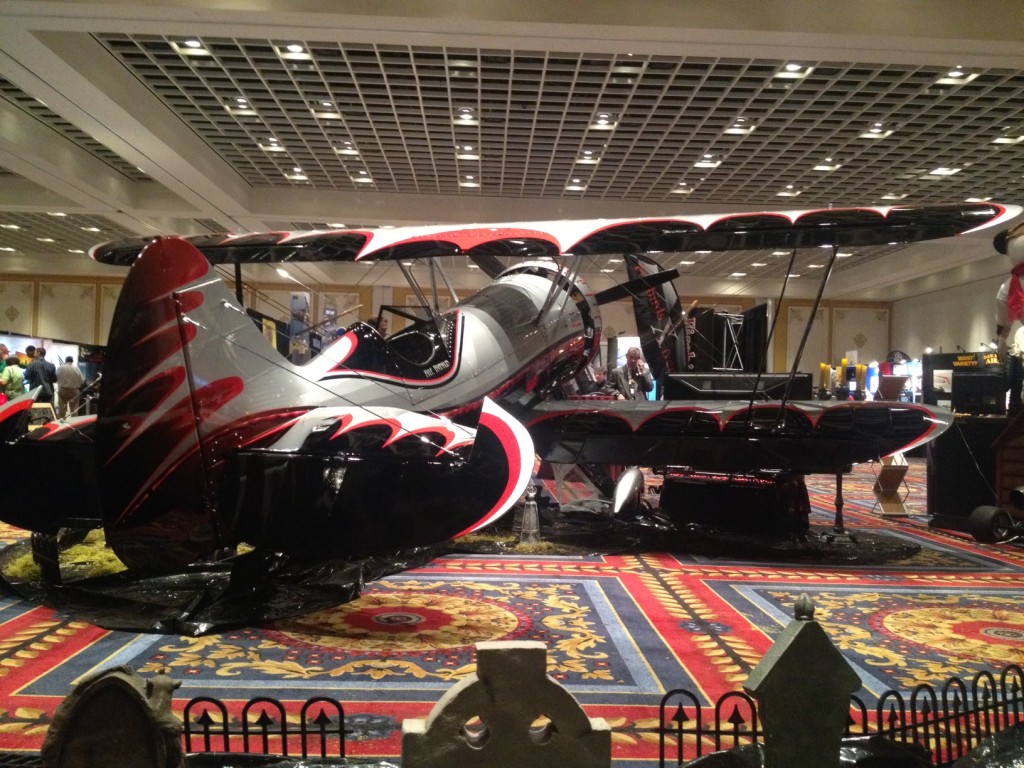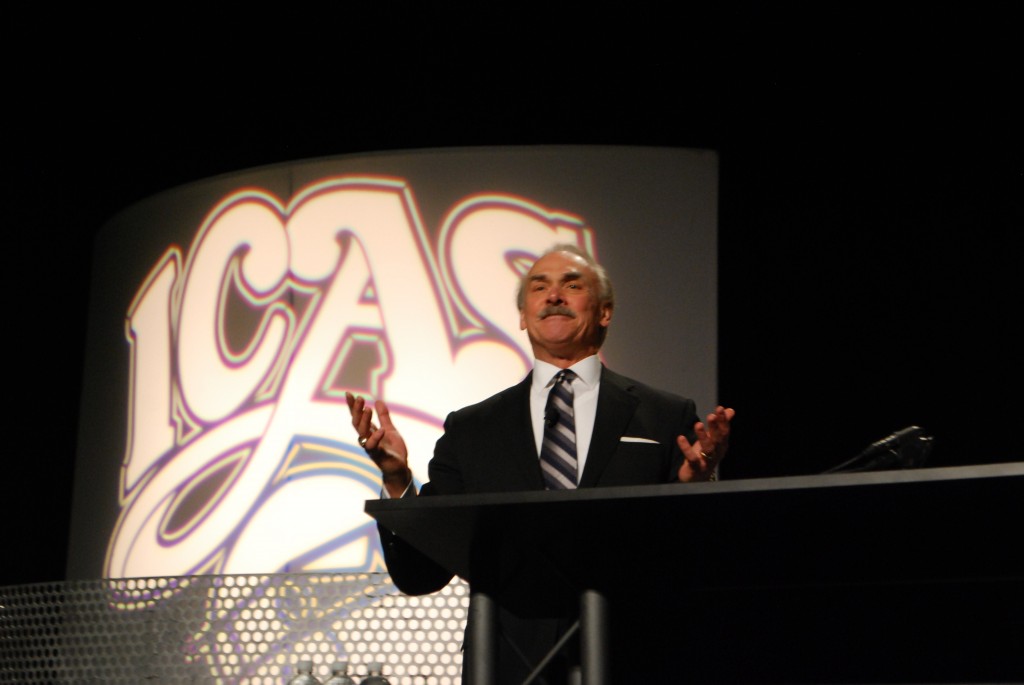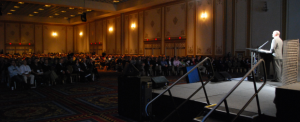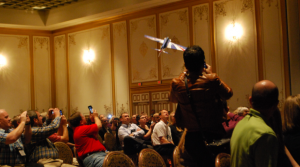I’m bouncing back from a laptop problem that caused be to lose the in-process scripts for four Airspeed episodes. I’m aggressively trying to re-write them so that I can get a few of these episodes out by the end of the year. In the meantime, this little chunk of prose struck me as a tasty vignette to whet your appetite for the upcoming episodes. Enjoy!
*****
Mike “Kahuna” Stewart of Team RV (now known as Team Aerodynamix) once told me that you train so that you can safely fly your airshow demo while performing at 80% of your physical and mental capacity.
Airshows can be rough environments. Sometimes you fly a long way to get there. It’s strange airspace. It can be different airspace every weekend. You sleep in a strange bed in a strange hotel room. Even when you do get to sleep, you usually have to be up and to a briefing between 8:30 and 10:00 a.m. the next day. And, if you don’t brief, you don’t fly.
Getting places takes twice as long as it would if you knew the territory, so you’re always rushing around to get someplace and, if you’re not late, you’re way early and you sit around waiting. Getting resources is the same way. The gas jockey is probably working his butt off to be helpful, but he’s never around when you’re ready to gas up the aircraft. If you’re like many airshow performers, you’re flying with minimal gas to allow maximum performance or to make the weight and balance work with your load of smoke oil. So you have to do that lonely wait for the gas truck after every flight.
If there’s any trouble with the aircraft at a show site a long way from home, you have to figure out how to get it maintained and there might not be an easy way to do that. Especially on a military base where the military maintainers understandably won’t touch your aircraft and where it can be difficult to get a civilian A&P onto a secure ramp – and that’s if you can get him or her through the crowd and the logistical hell of airshow ingress and egress. Contrary to popular belief, there’s usually no magic performer-only ingress and egress to the show site so the performers can go lounge around in the air conditioning at the hotel or to get stuff to the performers if they need it. Performers simply tend to get there earlier than you do and leave later than you do.
It’s usually hot. Sometimes, it’s 95F or hotter with the haze of saturated, humid air. And you’re usually wearing Nomex pajamas for at least part of the show. You’ll probably have a hangar to stand around in, but it probably won’t be air conditioned and you’ll be exposed to a higher-than-optimal heat index the whole time you’re on or near the ramp. You can get exhausted just standing around. There’s usually plenty of water and other fluids on the flight line, but they sometimes run out.
And that’s to say nothing of the heat in the cockpit when you close the canopy and get ready to fly. If it’s 95F and the sun is out, sure enough it’s going to be 120F or better the moment you close the canopy. Have you ever sweat so much that you’ve ended up with salt stains on your flight suit? It can happen at an airshow.
Taking a leak isn’t just taking a leak. It’s checking the color of your urine to be sure that you’re drinking enough water. If it’s not pretty close to clear, or if it’s been more than about an hour since the last time you went, you’re not drinking enough.
If you have time to lay down and try to get some rest, there’s usually no place to do it other than on a hangar floor with people tripping over you. And, with a demo coming up in less than a few hours, I don’t know how anyone could actually sleep.
And you have to be looking out for your teammates, too. Eyeballing their aircraft when you walk by to make sure that somebody with a golf cart hasn’t bent the tail. Watching your teammates themselves for signs of dehydration, heat exhaustion, or heatstroke.
These are not optimum conditions in which to do things that require peak human performance. Kahuna says that you should expect to be at no more than 80% of your physical and mental abilities when you fly a demo at an airshow. Your job is to make your physical and mental abilities so that 80% is more than enough to fly the demo safely. That’s a tall order. But airshow pilots have to do it.
